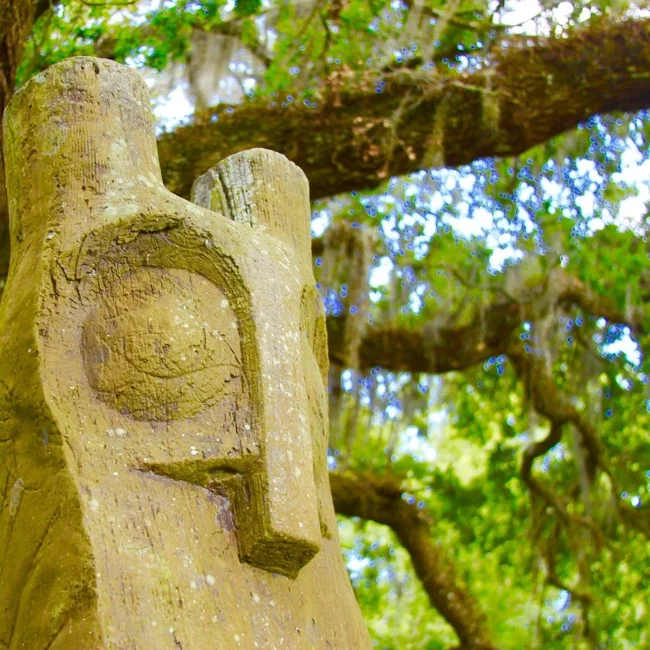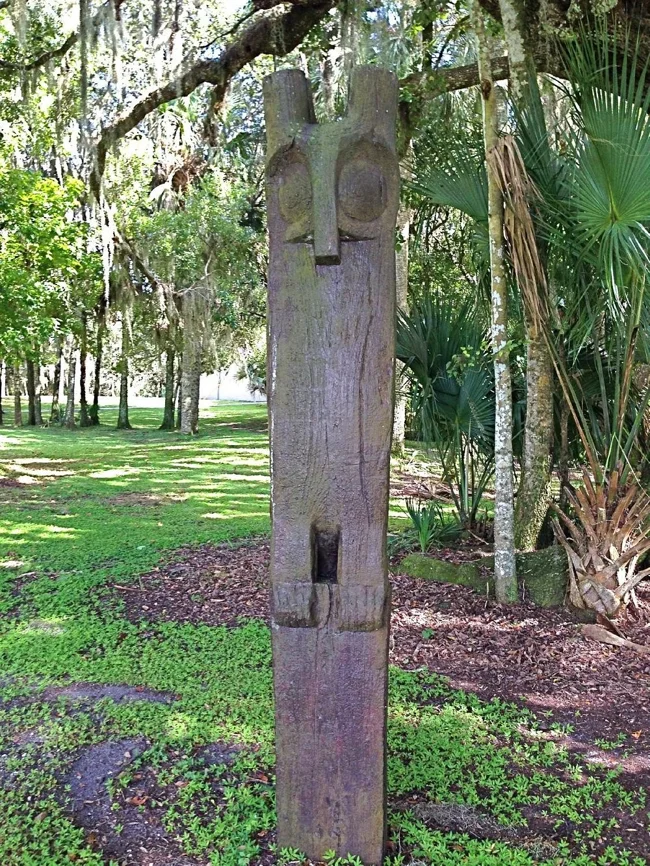A unique ancient totem of a night bird on Hontun Island (8 photos + 1 video)
This is the only ancient owl carving found east of the Mississippi. 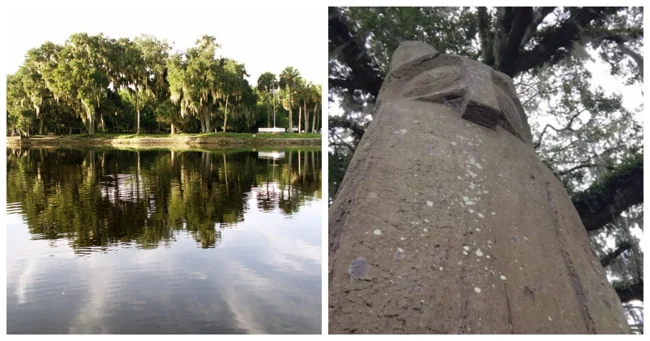
Hontoon Island in the St. Johns River in Florida has yielded numerous Native American artifacts, including an owl-shaped totem pole found east of the Mississippi. It is the only one of its kind and is believed to be between 700 and 800 years old. 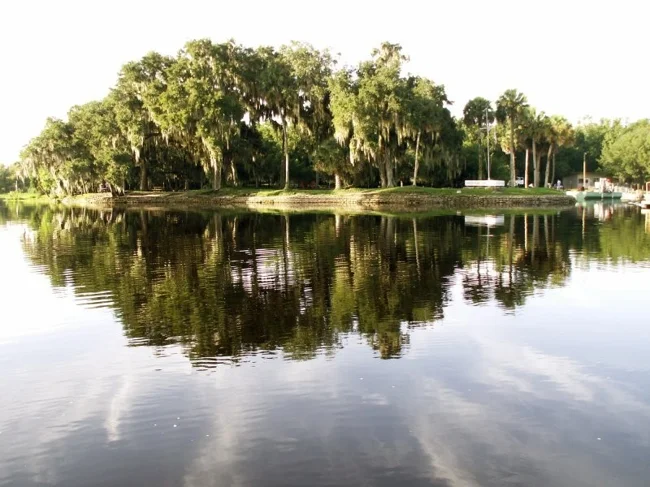
Hontoon Island
Victor Ropke, who owned land on the St. Johns, was crossing the river in 1955 when he came across the totem. The 10-foot-tall owl was carved from a single piece of pine. It once guarded the shores of the island, which is now a state park. Hontoon Island has a long history of Native habitation, dating back thousands of years. Similar otter and pelican totems have also been found there. 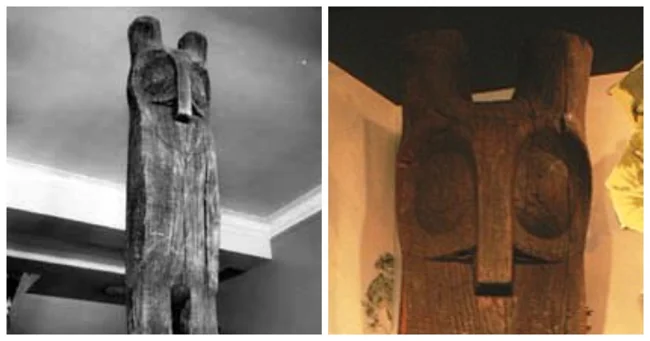
The original is in a museum
A fiberglass replica of the owl still stands on the shore of Hontoon Island, where it was first discovered. The original is in the Fort Carolina National Museum in Jacksonville. According to plaques at the site, the owl totem was made by the Timacuan people. But not all researchers agree. New evidence attributes the carving to the Mayaca, a little-known people who spoke a different language than the Timacuans. 
Island Park
The original purpose of the owl totem is unknown, but there are several theories. Some plausible explanations include that it was a clan emblem, a religious object, or a territorial boundary marker. The carving is quite detailed, especially considering that it was made with primitive tools made from shells, shark teeth, and bone. It depicts two eyes, one human and one owl, and five claws (owls have four), leading some to believe that the owl played an important role in shamanic rituals. In some Native American myths, the owl is a messenger of the night spirit and a protector of the shaman priests. 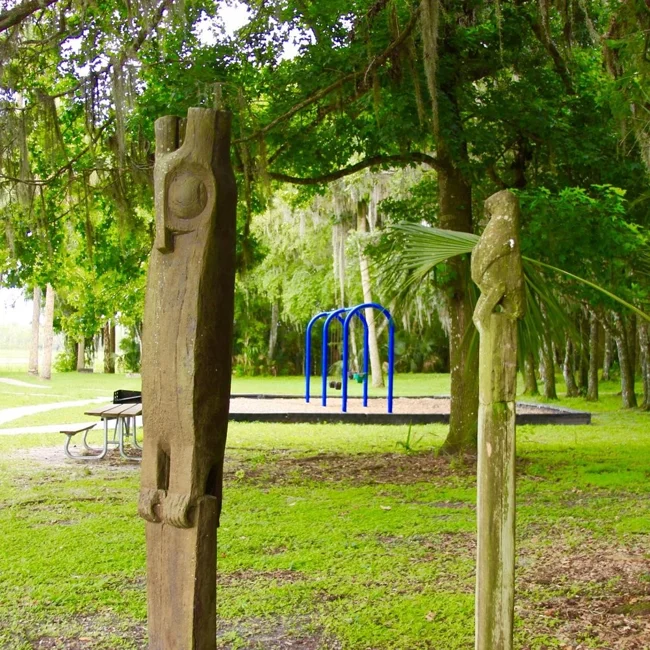
The replica owl installed at this site serves as a silent testament to the memory of the Mayan people and an acknowledgment of the ancient civilization that existed in Florida for thousands of years before the arrival of Europeans. 
